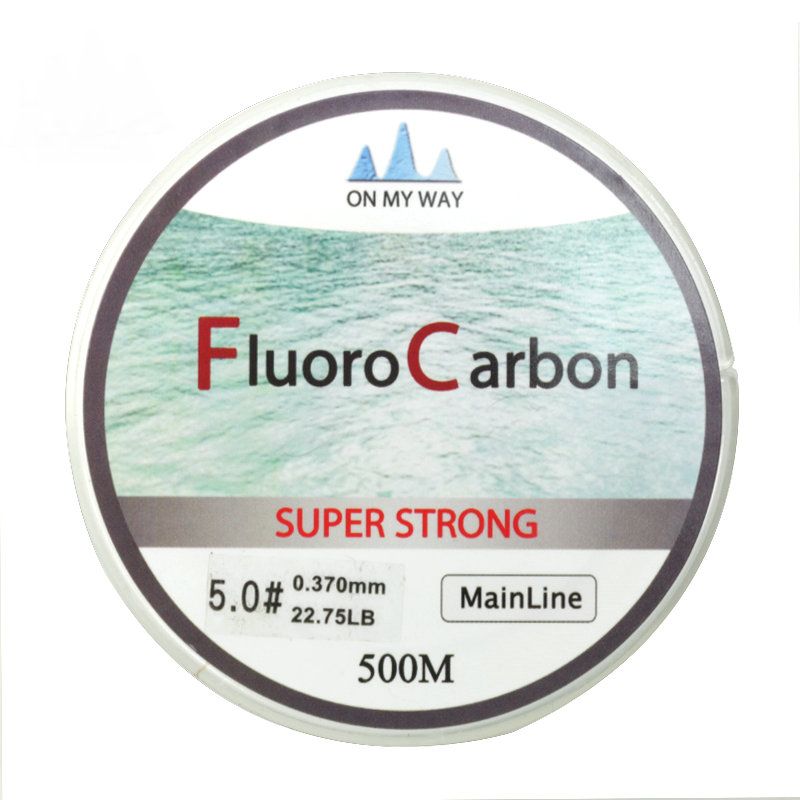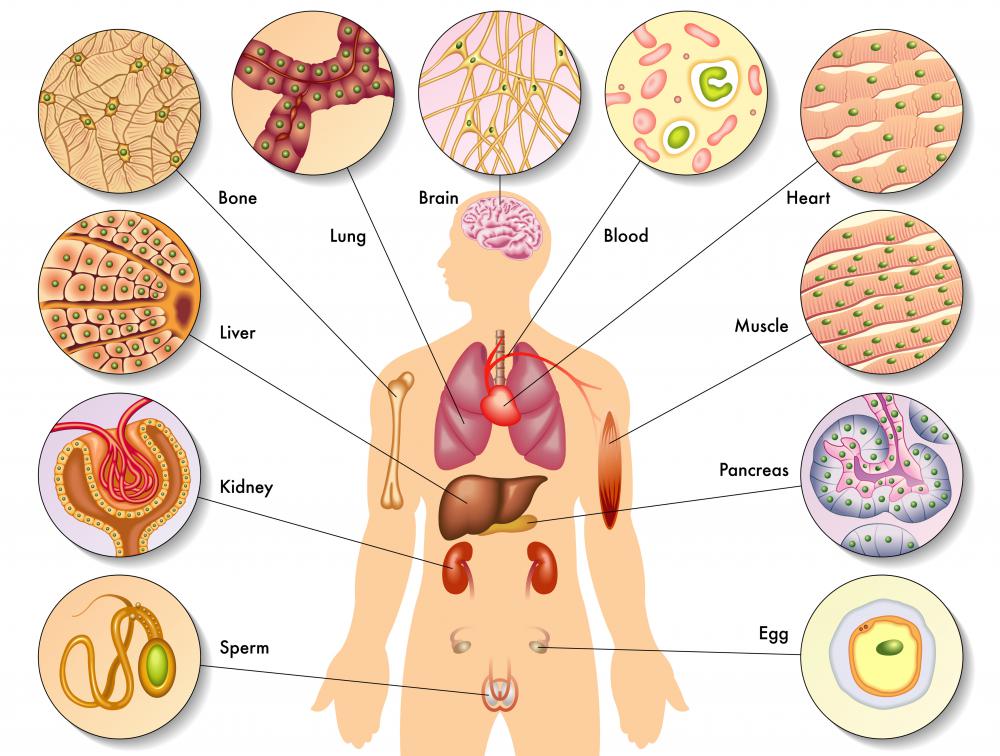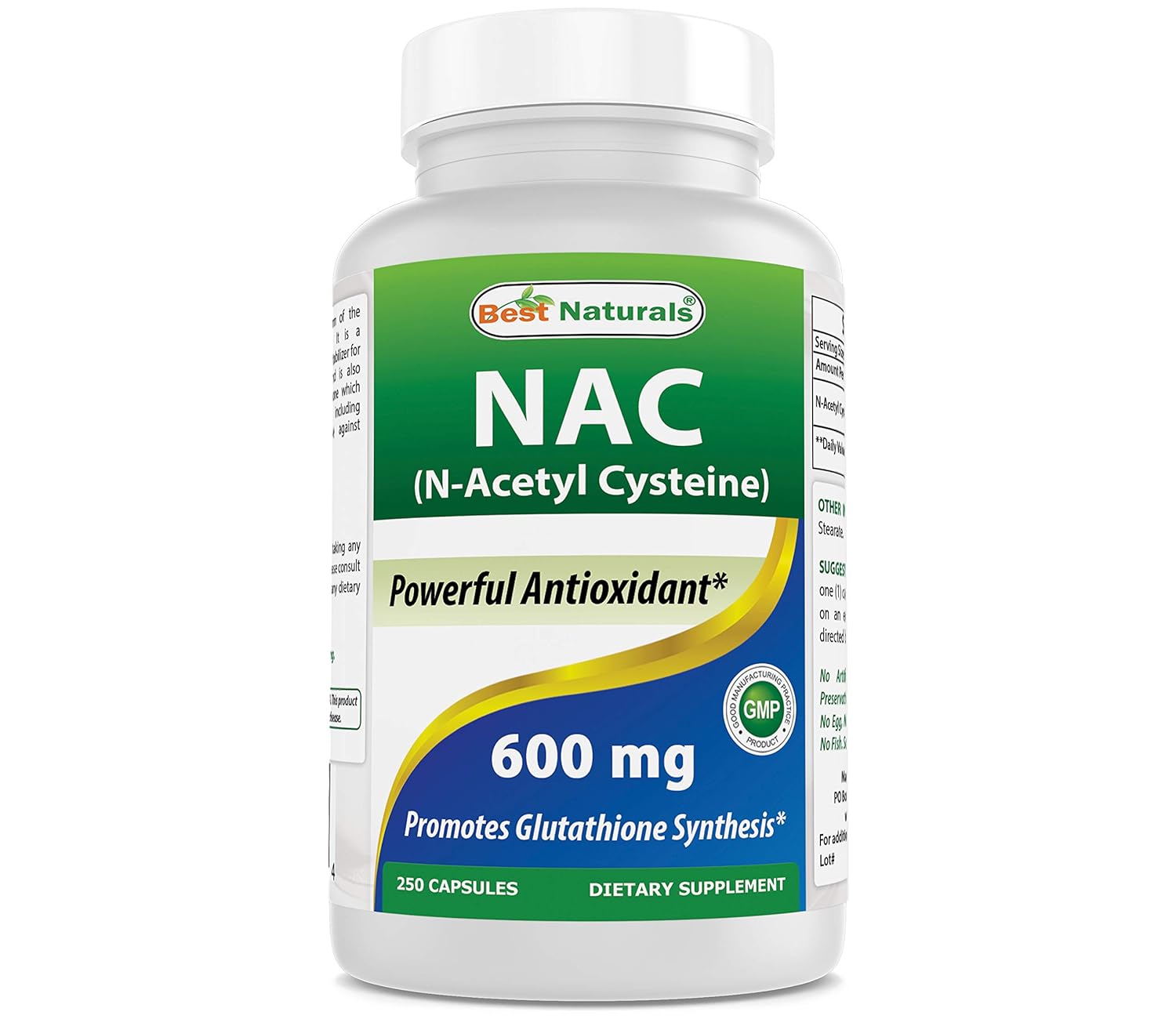Background of Chloroform
Chloroform is a colorless liquid that is not soluble in water and is very volatile, it has a pleasant non-irritating odor (has an odor threshold of 85 ppm). The Chemical formula of chloroform is CHCL3. Chloroform is nonflammable.

Where is chloroform found:
Low levels of chloroform can be found in the air and in costal waves, inland rives, lakes and groundwater. Levels can be noticeably higher in industrial areas as well as in the air above swimming pools containing chlorine.
Uses of Chloroform:
Chloroform can be used as a solvent to dissolve other substances. It can be used for the building, paper and board industries, and in pesticide and film production. Chloroform is used in making fluorocarbon-22 (a refrigerant).
Before the mid-1900’s, chloroform was used as an anesthetic to reduce any pain during a medical procedure. Eventually this was stopped due to the harmful effects of chloroform.
The EPA has classified chloroform as a Group B2, which means it is a probable human carcinogen.
How can people be exposed?
Most people are exposed to chloroform in food, drinking water, and indoor air. Some examples of chloroform being released into the environment are:
- chlorination in drinking water
- wastewater
- swimming pools
- paper mills
- sanitary landfills
- tap water (chloroform is largely found in this)
Biotransformation:
Chloroform may undergo both oxidative and reductive biotransformation. The oxygenation of chloroform is catalyzed by cytochrome P450 and produces trichloromethanol. Elimination of HCL from trichlorometanol gives phosgene as a reactive intermediate.
Mechanism of action:
During the metabolism of chloroform, reactive intermediates, such as phosgene and dichloromethyl radicals are formed and cannot react with cellular components, such as fatty acids and phospholipids. The resulting lipid peroxidation account as least in part for the hepatoxic and nephrotoxic effects of chloroform.
Chloroform is readily absorbed from the lungs, GI, and skin. The acute risks/organs affected are the CNS system (depression) and respiratory system (respiratory arrest). The late risks/organs affected are the liver and kidneys, resulting in overall damage.
Acute exposure to Chloroform:
Acute inhalation of chloroform can cause dizziness, ataxia and drowsiness. Convulsions, coma, and death may occur following substantial exposure. Delayed effects of chloroform exposure includes renal and hepatic damage (this is up to 48 hours post exposure). Local effects are observed following inhalation (irritation of the nose and throat), ingestion (burning sensation of the mouth and throat), ocular (stinging) and dermal exposure (irritation and redness).
The OSHA permissible exposure limit (PEL) for chloroform is 50ppm, as a ceiling limit. The air odor threshold concentrations ranging from 85 to 307 ppm. The OSHA IDLH (immediately dangerous to life and health) limit is 500ppm.
Chronic exposure to Chloroform:
Chronic inhalation or ingestion of chloroform may cause hepatic damage. Again, the IARC classified chloroform as a category 2B carcinogen (possibly cancerous to humans). There is no data available regarding the reproductive and developmental effects of chloroform.

Testing for Chloroform exposure:
Chloroform can be detected in blood, urine, or body tissue tests. Although, these methods are not very reliable because chloroform is rapidly eliminated from the body and there are no tests specific for chloroform.
Treatment of Chloroform poisoning:
There is no exact treatment for chloroform poisoning. A study performed on a 19 year old man that tried to commit suicide with chloroform showed that an IV of N-acetylcysteine (NAC) was successful in treating the patient. There have been previous reports of survival with treatment after orally administered NAC.
Historical or unique exposures:
Chloroform is prepared through the chlorination of methane gas. It was prepared in 1831 by the American chemist Dr. Samuel Guthrie, who combined whiskey with chlorinated lime in attempt to produce a cheap pesticide. When administered by liquid onto a sponge or cloth (so that the patient inhaled the vapors) chloroform was seen to have narcotic effects on the CNS and happen very quickly. There were very high risks associated with chloroform and required physician skill. There were early reports of fatalities due to chloroform, beginning with a 15-year old girl in 1848. Still, chloroform use was still used and was actually used on Britain’s Queen Victoria during the birth of her 8th child.
Chloroform became popular during the Civil War and Mexican-American War being used as a anesthetic. Chloroform became under attack in the 20th century, and was no longer used due to the fact it was shown to be carcinogenic by ingestion in lab mice and rats.
Genetic susceptibility or heritable traits:
There is no genetic susceptibility or heritable traits associated with chloroform.
Figure References:
- https://www.sciencedirect.com/topics/biochemistry-genetics-and-molecular-biology/chloroform. Accessed 6/23/19.
- https://infograph.venngage.com/p/198917/sullivan-wilke-chloroform. Accessed 6/23/19.
- https://www.amazon.com/Best-Naturals-NAC-N-Acetyl-Cysteine-Capsules/dp/B00TQ5NZ4I. Accessed 6/23/19.
- https://www.google.com/url?sa=i&rct=j&q=&esrc=s&source=images&cd=&ved=2ahUKEwjc54aykYLjAhWOK80KHRxJCxMQjxx6BAgBEAI&url=https%3A%2F%2Fwww.bbc.com%2Fnews%2Fuk-england-kent-45680970&psig=AOvVaw2ux4K9p7DTyK0RpuOA86Tw&ust=1561466294322244. Accessed 6/23/19.
- https://www.wisegeek.com/what-is-chloroform.htm. Accessed 6/23/19.
- https://en.wikipedia.org/wiki/Swimming_pool. Accessed 6/23/19.
- https://www.kullabs.com/classes/subjects/units/lessons/notes/note-detail/9385. Accessed 6/23/19.
- https://www.dhgate.com/product/new-available-500m-fluorocarbon-fishing-line/393097851.html. Accessed 6/24/19.
Information derived from:
- https://www.history.com/topics/inventions/ether-and-chloroform. Accessed 6/23/19.
- https://www.ncbi.nlm.nih.gov/pubmed/20552315. Accessed 6/23/19.
- https://assets.publishing.service.gov.uk/government/uploads/system/uploads/attachment_data/file/338535/Chloroform_Toxicological_Overview.pdf. Accessed 6/23/19.
- https://www.atsdr.cdc.gov/PHS/PHS.asp?id=51&tid=16. Accessed 6/23/19.
- https://dhss.delaware.gov/dhss/dph/files/chloroformfaq.pdf. Accessed 6/23/19.
- https://www.epa.gov/sites/production/files/2016-09/documents/chloroform.pdf. Accessed 6/23/19.





